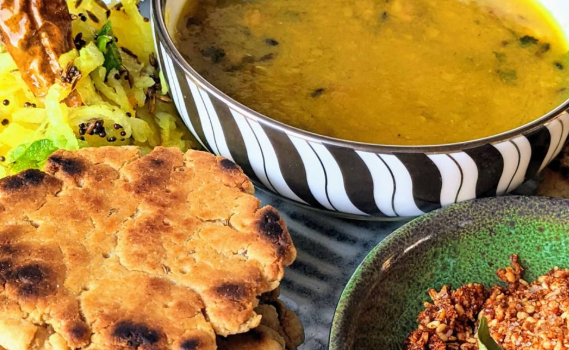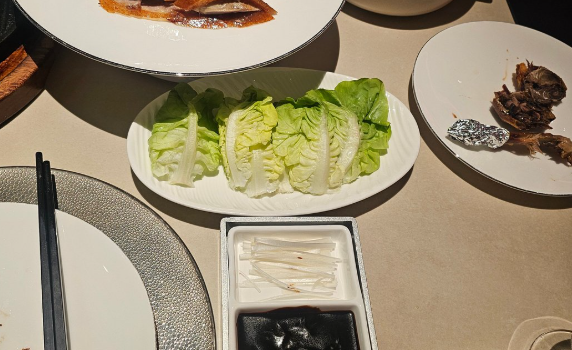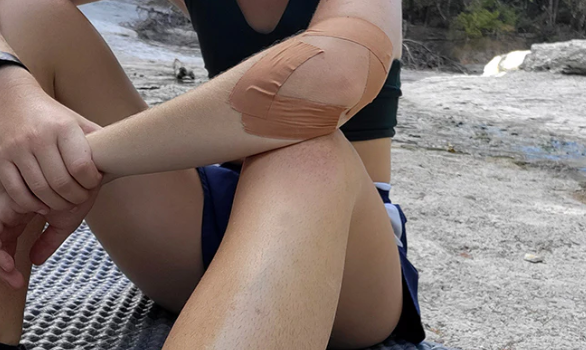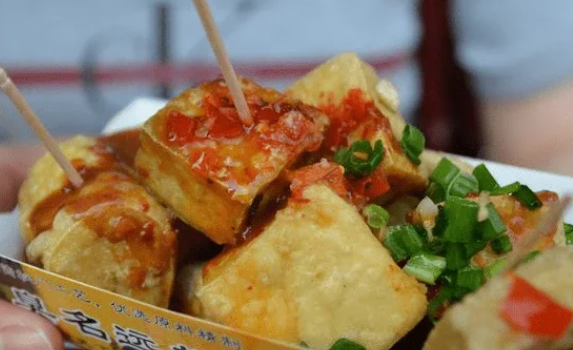
Dim sum is more than just a meal in Hong Kong – it’s a social event, a cultural experience, and a true reflection of the city’s food heritage. For many visitors, it’s an essential part of the Hong Kong experience, and yet, many travelers shy away from it due to the perceived complexity of dining etiquette and ordering. This guide is here to help demystify the world of dim sum, ensuring you get the most out of your visit to this iconic dining tradition.
What is Dim Sum?
Dim sum refers to a wide range of bite-sized dishes that are traditionally enjoyed in Cantonese culture, often served during breakfast or lunch. While many dim sum dishes are served in bamboo steamers, not all are – some are served fried or baked. The act of enjoying dim sum is called yum cha, which translates to “drinking tea” in Cantonese. Tea is an integral part of the meal, often accompanying a variety of small dishes that are shared amongst family and friends.
Much like Spanish tapas, dim sum is about sharing – it’s a communal dining experience. It’s rare to dine solo at a dim sum restaurant, as this meal is all about coming together with loved ones, usually over the weekend, for a relaxed yet lively gathering. After the meal, it’s common for locals to engage in a round of Mahjong, a traditional Chinese game.
Picking the Perfect Tea for Dim Sum
Tea is a vital part of the dim sum experience. Upon seating, servers will ask which type of tea you’d like, and the choice can be more nuanced than just “black” or “green.” Some of the most common teas served at dim sum restaurants include:
- Bo Lay: This is a strong, earthy black tea that pairs well with greasy dim sum. It’s robust enough to cleanse the palate.
- Chrysanthemum Tea: Known for its floral and slightly sweet flavor, this tea is perfect for those new to dim sum.
- Iron Buddha: A smooth, slightly bitter tea with a rich floral profile, this is a personal favorite for many dim sum enthusiasts.
- Sau Mei: A white tea with bold flavors, it’s not for everyone, especially if it’s over-steeped. It’s similar to an espresso for tea lovers!
For first-timers, we recommend starting with Chrysanthemum or Iron Buddha tea – both offer a pleasant introduction to the tradition.
Dim Sum Etiquette
While dim sum dining might seem intimidating, it’s quite relaxed. Here are a few simple tips to help you navigate:
- Sharing Tables: Dim sum restaurants are often busy, so be prepared to share a table with others, especially if you’re in a small group.
- Refilling Tea: When you’ve run out of tea, simply place the lid back on the teapot. This signals to the servers that you need a refill.
- Chopsticks: If you can’t use chopsticks, don’t be shy to ask for a fork or spoon. Many places will happily accommodate you.
These simple rules will help you feel at ease during your first dim sum experience.
How to Order Dim Sum
In traditional dim sum restaurants, the ordering process used to involve servers pushing carts loaded with different dim sum items. They would announce the dishes, and you could choose from the selections as the cart passed by your table. Once you selected something, the server would mark it on your dim sum card, and you would pay based on the number of stamps on your card.
However, in today’s digital age, many restaurants have replaced this cart system with a menu where you tick off the dim sum dishes you want to order. Don’t worry if the menu isn’t in English – you can often find staff who speak English, or you can point at the dish you’d like.
If you’re lucky enough to experience the traditional cart system, make sure to enjoy the sensory experience of seeing and smelling the delicious dim sum as it rolls by.
Popular Dim Sum Dishes You Have to Try
There are a number of dim sum dishes that are staples at every restaurant. Here are some of the most popular:
- Char Siu Bao (Pork Buns): These sweet, savory steamed buns filled with char siu (barbecued pork) are a classic. They’re a must-try for anyone visiting a dim sum restaurant in Hong Kong.
- Siu Mai: These steamed dumplings filled with pork and shrimp are a signature dim sum dish. They’re bite-sized and packed with flavor, making them a popular choice for sharing.
- Har Gow: These shrimp dumplings have a delicate translucent wrapper and are considered the perfect companion to siu mai. The shrimp inside is juicy and succulent.
- Fong Zhao (Chicken Feet): While not for everyone, chicken feet are a beloved delicacy in Hong Kong. They are usually steamed and simmered in soy sauce and spices, creating a rich, savory flavor that locals adore.
Best Dim Sum Restaurants in Hong Kong
Hong Kong is home to a vast number of dim sum restaurants, each offering its own unique take on the traditional fare. Here are some highly recommended spots:
- Tim Ho Wan: Known as one of the most affordable Michelin-starred dim sum restaurants in the world, Tim Ho Wan is a must-visit for any dim sum lover. The menu is available in both Chinese and English, making it ideal for tourists.
- Dim Sum Here: While this restaurant may not boast the traditional ambiance of others, it serves some of the most mouth-watering dim sum in the city. The food is exceptional, making it a favorite for many locals.
Dim sum is more than just a meal in Hong Kong; it’s a social tradition, a time for families to gather and enjoy delicious food together. Whether you’re a first-time visitor or a seasoned traveler, diving into Hong Kong’s dim sum culture is an experience you won’t want to miss. Hopefully, this guide gives you the confidence to explore dim sum and discover the incredible flavors that have made it a beloved part of Hong Kong’s culinary heritage.

















Comments